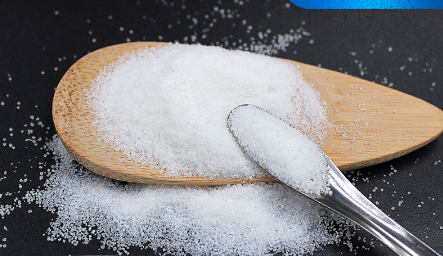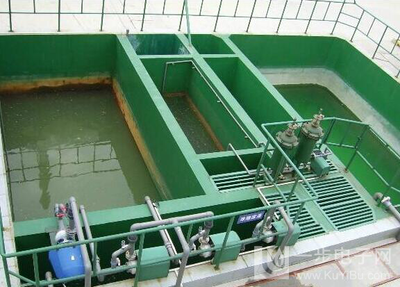Many customers are unaware that viscosity and molecular weight are critical indicators in selecting the appropriate type of polyacrylamide.
Polyacrylamide (PAM) is a polymer widely used in industries such as water treatment, petroleum, and mining. The viscosity of a PAM solution is greatly influenced by its molecular weight—the higher the molecular weight, the higher the viscosity.
The relationship between molecular weight and viscosity is essential in practical applications. For instance, in enhanced oil recovery, high molecular weight PAM increases water viscosity, enabling better mobility control and crude oil displacement. Conversely, in scenarios where moderate viscosity or penetration into porous structures is required, lower molecular weight PAM is used. Therefore, by controlling molecular weight, the rheological properties of PAM can be tailored to specific needs, optimizing performance across various fields.
Hence, when selecting the right type of PAM for wastewater treatment, indicators such as molecular weight and viscosity are indispensable.



